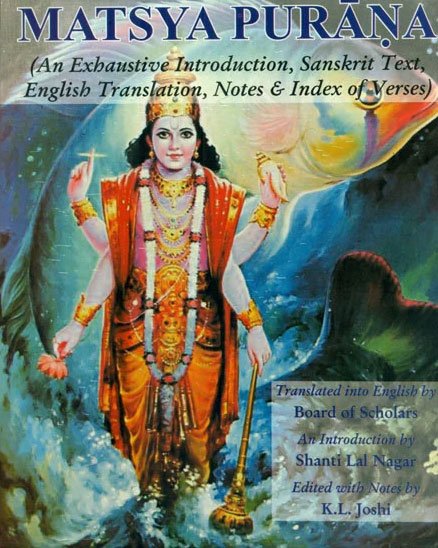The Matsya Purana (critical study)
by Kushal Kalita | 2018 | 74,766 words | ISBN-13: 9788171103058
This page relates ‘Gauritritiya-vrata’ of the English study on the Matsya-purana: a Sanskrit text preserving ancient Indian traditions and legends written in over 14,000 metrical verses. In this study, the background and content of the Matsyapurana is outlined against the cultural history of ancient India in terms of religion, politics, geography and architectural aspects. It shows how the encyclopedic character causes the text to deal with almost all the aspects of human civilization.
Part 4.3c - Gaurītṛtiyā-vrata
The 62nd chapter of the Matsyapurāṇa deals with the Gaurītṛtiyāvrata. This vrata is observed in the month of Bhādra, Vaiśākha or Mārgaśīrṣa, on the third day of bright fortnight. After taking bath the devotee puts a tilaka on his/her forhead of a paste which is made from cow-dung, urine of cow and sandal mixed with curd. Then the devotee bathes the goddess Gaurī with pañcagavya and honey and thereafter, worships the goddess with flowers, sandal, fruits, salt, jaggary, butter etc. Then salutation is made chanting the mantras with the different names of Gaurī. Observing this vrata the devotee can be rid of all his sins. And the devotee becomes healthy and wealthy.[1] Poor people who observe this vrata for three years and chants mantras offering flowers also gain the same fruit.[2]
Footnotes and references:
[1]:
Ibid., 62.34
[2]:
Ibid., 62.37
